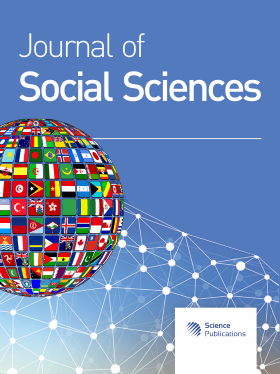Innovations in Access to Justice in Uganda: Justice Users’ Lens
- 1 Department of Programs and Impact, BarefootLaw Uganda, Mawafu Road, Ntinda, Uganda
- 2 Department of Legal Services, BarefootLaw Uganda, Muwafu Road, Ntinda, Uganda
- 3 Department of Communications and Partnership, BarefootLaw Uganda, Muwafu Road, Ntinda, Uganda
- 4 Justice, Law and Order Sector Secretariat, Ministry of Justice and Constitutional Affairs, Uganda
- 5 Department of Research, Research for Transformation, Kampala, Uganda
Abstract
Access to justice remains a global challenge and in Uganda, four in ten people have at least one legal problem every four years, yet seven in ten of the legal problems are not resolved. While innovation is critical to changing the status quo, most innovations have been mostly informed by what legislators and legal practitioners need to do their jobs better, without fully understanding the needs of the people they serve. This study sought to fill this gap, by assessing justice service users' knowledge of access-to-justice innovations and their perspectives on how access to justice could be increased. To our knowledge, no other study has examined these perspectives in Uganda. A cross-sectional survey was conducted among justice service users in three regions in Uganda; north (rural), east (peri-urban), and central (urban). Only districts with a high court in the region were included in the study and to capture more views from the rural population, two districts were selected in the north and one district from each of the other regions. In each district, the high and chief magistrate courts were selected, and three randomly selected magistrate courts and police stations, with all users present on survey days enrolled and informed consent obtained before interviews. Frequency tables and cross-tabulations were generated to obtain summaries and assess differences between groups regarding age and level of education. Data was entered and analyzed using SPSS 16. A total of 372 respondents were included in the survey and 54% of these, reported awareness of innovations to improve access to justice in their communities. The use of technology in access to justice was still limited. In order to make access to justice easier, cheaper, and faster, users recommended addressing corruption, conducting community sensitizations, and use of alternative dispute resolution mechanisms. This study postulates that innovations around these recommendations will create impactful solutions to meet justice users’ needs.
DOI: https://doi.org/10.3844/jssp.2024.45.52

- 4,842 Views
- 2,202 Downloads
- 3 Citations
Download
Keywords
- Access to Justice
- Justice-Service-Users
- Innovation
- Uganda
- Technology
- Local Communities
